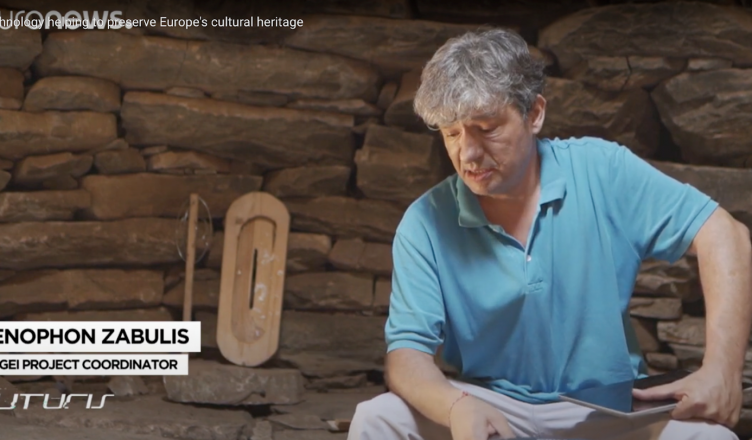The project partners in Mingei collaborated with many artists and crafts communities in the effort to improve and evaluate the Mingei protocol and supporting tools. As well as informing the protocol, the partners published several articles describing the processes of the craft they encountered on the project website and shared them via the project newsletter and social media. The maker crafts investigated ranged from lace to woodwork to pottery and you can see a list of those consulted at the end of this article.
We asked FORTH’s Xenophon Zabulis what was learned through this extensive programme of consultation with makers and what it means for the future impact of the project and engagement with heritage crafts communities.
WHAT WAS LEARNED THROUGH THIS PROCESS OF CONSULTATION?
The consultation informed the methodology of the Mingei protocol and our wider approach to the digital representation of heritage crafts. We approached makers to ensure that we understood, directly from their perspective, what they are talking about and the issues that are important to them. We wanted to ensure that the digital medium would not deprive them of expression and that it would ensure ownership. Only then could we proceed to discuss the potential impact of the digital representation of heritage crafts, such as new materials and hybrid art.
HOW DID IT INFLUENCE THE DEVELOPMENT OF THE MINGEI PROTOCOL?
The consultation helped us by placing emphasis on several activities. Firstly, by doing preliminary research with secondary resources to know the topic better before you meet the practitioners, including at least the local history of the place and the community to visit. Secondly, focus on getting a perspective not easily found in the literature. Thirdly, digitising everything and editing later. Finally, previewing digitisation assets on the spot with practitioners and asking their opinion on what is important to show.
HOW DID IT CHANGE HOW TECHNICAL PARTNERS MIGHT WORK WITH THESE COMMUNITIES IN FUTURE?
The need for data that more closely represents the sensations and ideas that the practitioner uses is strengthened. Technically, it means that we need to measure force, chemistry and time to reflect the physics of processes, in light of new materials and sustainability considerations. But it also includes the task of gaining a better theoretical understanding of how the mind negotiates with matter in making useful and beautiful things.
WAS IT A VALUABLE EXPERIENCE?
For me, yes and I hope the same applies to everyone that worked on the project. Community knowledge was served by Open Access in all project publications. European Commission resources were increased, enhanced, and valorised through investment in Mingei. We hope that through the Mingei Handbook on Heritage Craft representation and preservation we will trigger further research on this matter.
WHAT WERE YOUR EXPECTATIONS, AND WERE THESE MET?
Not all expectations were met. We would need more time to ask all the questions that we want to, but we are using this to inform our aspirations for future research.
WHAT WERE THE CREATIVES’ EXPECTATIONS OF THE MINGEI PROTOCOL?
To be remembered, first. To make income, second.
Find out more about the creatives that helped to inform the development of the Mingei Protocol by clicking on the links below.

